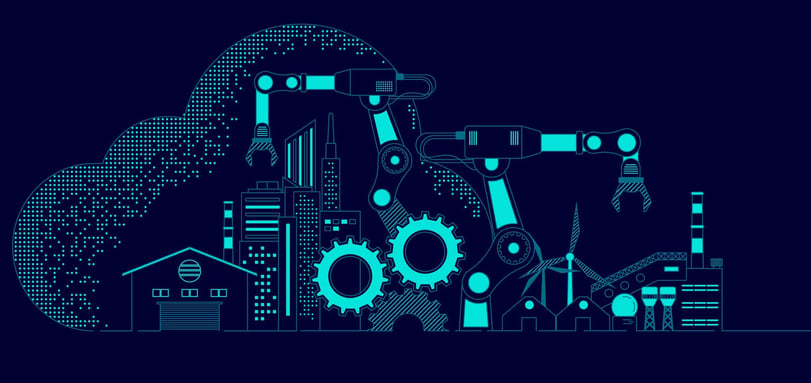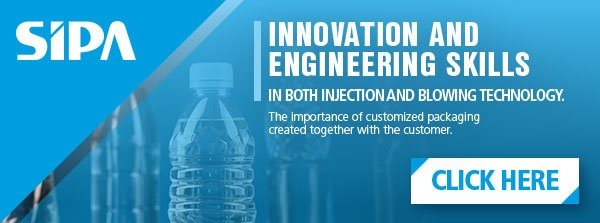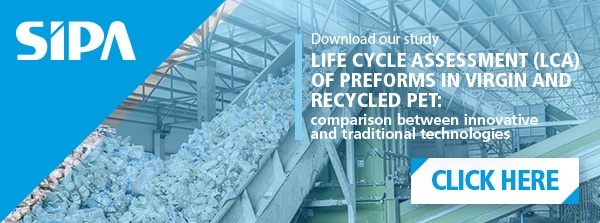Integrated PET bottling lines, with more machines directly connected or combined together, are a solution that is increasingly used by companies, as it is able to meet a plurality of needs, that all come together under a single word: optimisation.
There are obviously a great many solutions, in terms of design and construction of production lines, within the specific context of liquid packaging: mineral water, soft drinks, juices and sensitive products, milk and milk-derivatives, edible oil, alcoholic beverages, detergents for domestic and personal use.
In this article we will only be looking at general aspects, focussing on the advantages.
Technical Study: "Environmental sustainability in bottling: reduction of CO2 emissions and rPET"
The importance of selecting the right supplier
As these are solutions that companies choose most of the time to increase the production of bottles - also looking for an overall saving in consumption - the first thing to do is to contact a competent supplier, who is both reliable and experienced, as well as having an essential 360° vision of packaging.
Ideally, it would be necessary to identify a company supplying specific machines and solutions for the entire bottling process, from the production of preforms and containers to the installation of turn-key lines.
The right combination of standardisation and customisation for integrated lines
When do you achieve maximum customer satisfaction, in terms of integrated PET bottling lines? Generally speaking, when the supplier starts by listening to the actual needs of the company looking to adopt an integrated line, understanding specific features.
Technical Study: "PET bottle blowing, filling and capping machine: advantages of integrated line"
Other key factors are overcoming the rigidity threshold typical of first generation integrated lines to give much more flexible solutions, featuring high efficiency and the right elements of customisation.
This is possible if the supplier is able to guarantee support at engineering level that will balance standardisation and customisation in the design of an integrated line for a company, also adopting innovative and reliable options such as doubling the feeding paths for potentially critical elements, creating redundancy to restrict possible reasons for machine stoppage to a minimum.
Engineering activities allow the project to be rationalised based on the assessment of specific points, in particular:
- The production needs of the customer.
- The structural limits of the area in which the line is to be installed.
- The machines and conveyors making up the system.
- The cost of the individual components.
- A commitment to respecting the Environment.
- The operating flexibility of the system and optimisation of logistic flows.
- The guarantee of a reduced overall TCO.
The advantages a company can achieve thanks to an integrated line
If, as mentioned previously, a line has been created using a project drawn up together with the customer, and therefore adopting all the right customisations to optimise production, the advantages are numerous and can have an enormous influence on:
- Reduction of space inside the factory, as the integrated line occupies less space that the stand alone machines involved in the process and the various connecting conveyors. The areas that are left free can therefore be used for other production activities.
- Reduction in energy consumption: this is because the integrated lines allow bypassing of certain steps that are characteristic of non integrated processes, for example reducing the power to be used for connecting conveyors.
- Reduction in labour costs, given that a limited number of operators can manage the integrated machine, from a single control panel.
- Lower overall investment costs (TCO): this applies in cases where, by skipping certain steps, the machine does not require the installation of specific parts such as rinsing units for systems designed using more advanced technology.
- Optimisation of internal logistics: using integrated machines the company does not have to provide for movement and storage of the preforms.
- Increased cleanliness of the end container: as they stay within a clean and controlled environment at all times, with reduced handling and with operator intervention restricted to a minimum, the containers are less likely to come into contact with possible sources of contamination.








